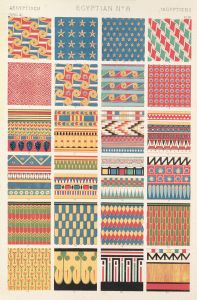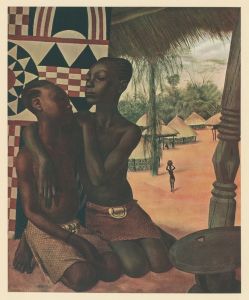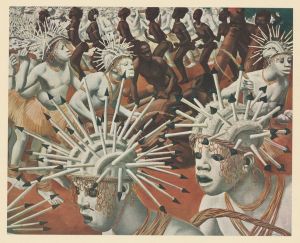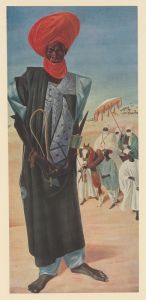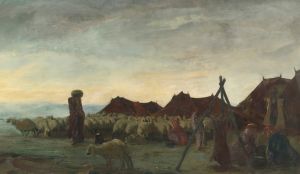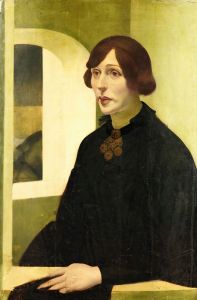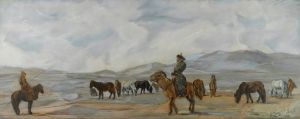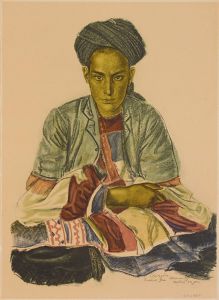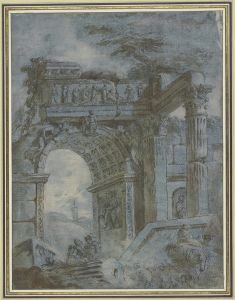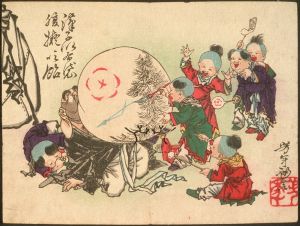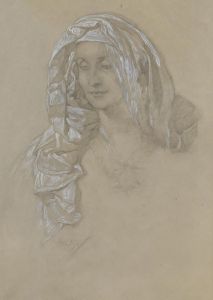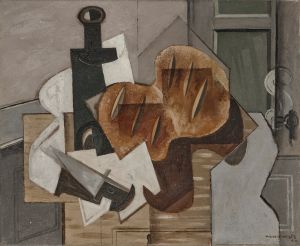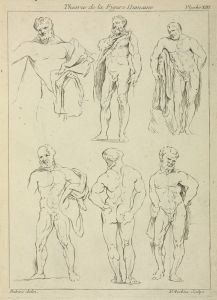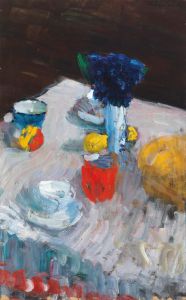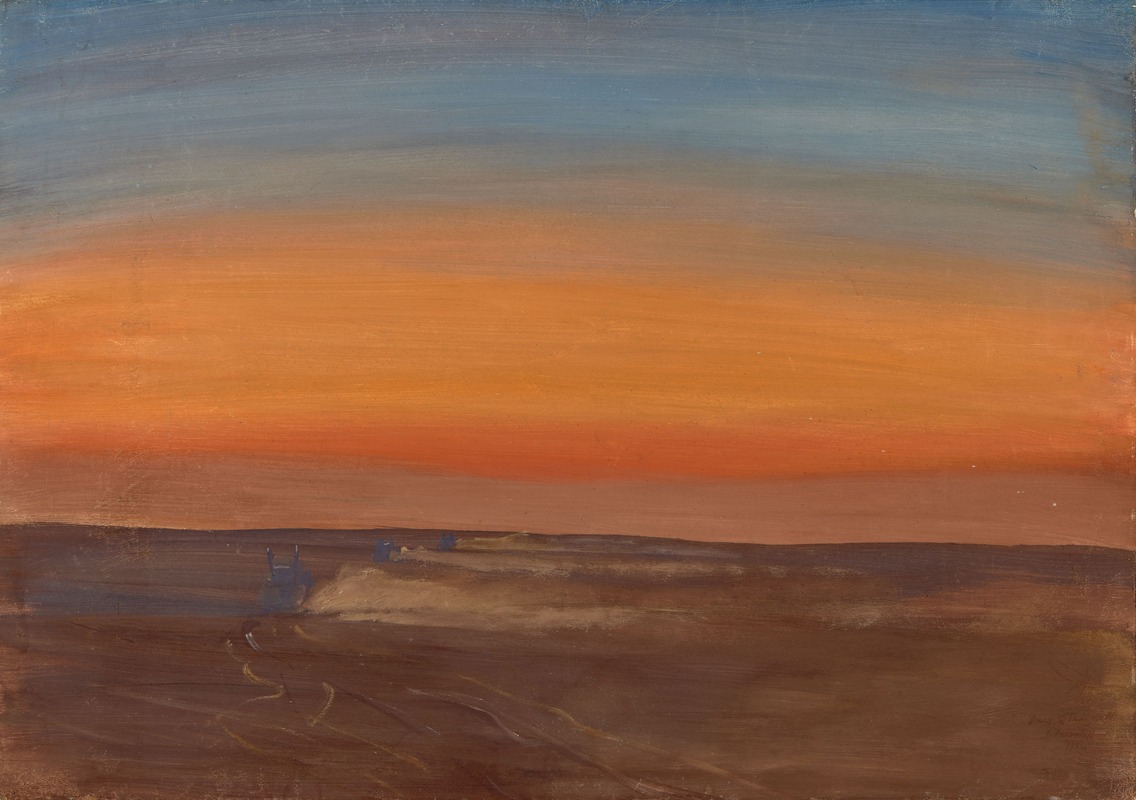
Les autos dans le désert
A hand-painted replica of Alexandre Jacovleff’s masterpiece Les autos dans le désert, meticulously crafted by professional artists to capture the true essence of the original. Each piece is created with museum-quality canvas and rare mineral pigments, carefully painted by experienced artists with delicate brushstrokes and rich, layered colors to perfectly recreate the texture of the original artwork. Unlike machine-printed reproductions, this hand-painted version brings the painting to life, infused with the artist’s emotions and skill in every stroke. Whether for personal collection or home decoration, it instantly elevates the artistic atmosphere of any space.
Alexandre Jacovleff, a Russian painter known for his association with the Ballets Russes and his extensive travels, created the painting "Les autos dans le désert" during a period of significant exploration and artistic experimentation. Jacovleff was born in Saint Petersburg in 1887 and studied at the Imperial Academy of Arts, where he developed a foundation in classical techniques. His early work was influenced by the Symbolist movement, but he later became known for his vibrant use of color and dynamic compositions.
"Les autos dans le désert" is a reflection of Jacovleff's fascination with travel and the exotic. The painting was created during the 1920s, a time when Jacovleff was involved with the Citroën Central Africa Expedition, also known as the "Black Cruise" (Croisière Noire), which took place from 1924 to 1925. This expedition was one of the first to cross the African continent from north to south using motor vehicles, specifically Citroën half-track cars. The journey was not only a technological and exploratory endeavor but also an artistic one, as it included artists, writers, and scientists who documented the landscapes and cultures they encountered.
In "Les autos dans le désert," Jacovleff captures the juxtaposition of modern technology and the timeless, vast landscapes of the African desert. The painting likely depicts the Citroën vehicles traversing the arid terrain, highlighting the contrast between the mechanical and the natural. Jacovleff's use of color and composition in this work reflects his ability to convey the intensity and heat of the desert environment, as well as the sense of adventure and discovery that characterized the expedition.
Jacovleff's involvement in the Citroën expedition was not limited to painting; he also served as the official artist of the mission, tasked with documenting the journey through sketches and paintings. His works from this period provide valuable insights into the landscapes and peoples of Africa during the early 20th century. Jacovleff's artistic contributions to the expedition were widely recognized, and his paintings were exhibited in Paris and other major cities, garnering critical acclaim.
The significance of "Les autos dans le désert" lies not only in its artistic merit but also in its historical context. It represents a moment when art, exploration, and technology intersected, capturing the spirit of an era characterized by a fascination with the unknown and the possibilities of modern innovation. Jacovleff's work from the Citroën expedition remains an important part of his legacy, illustrating his ability to blend traditional artistic techniques with contemporary themes.
Overall, "Les autos dans le désert" is a testament to Alexandre Jacovleff's skill as a painter and his adventurous spirit. It stands as a vivid reminder of a unique period in history when artists played a crucial role in documenting and interpreting the world through their creative vision.





